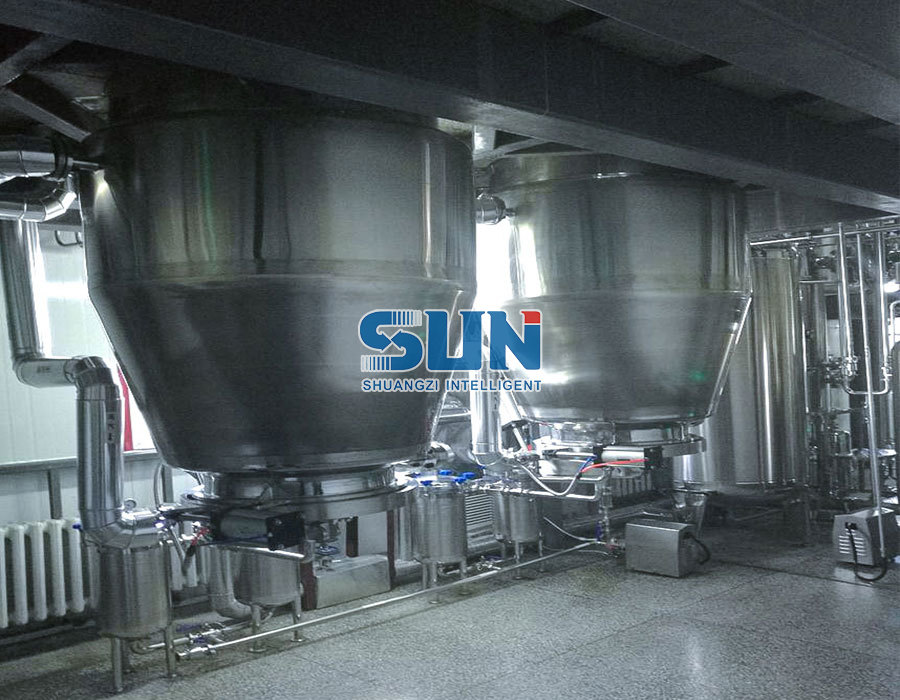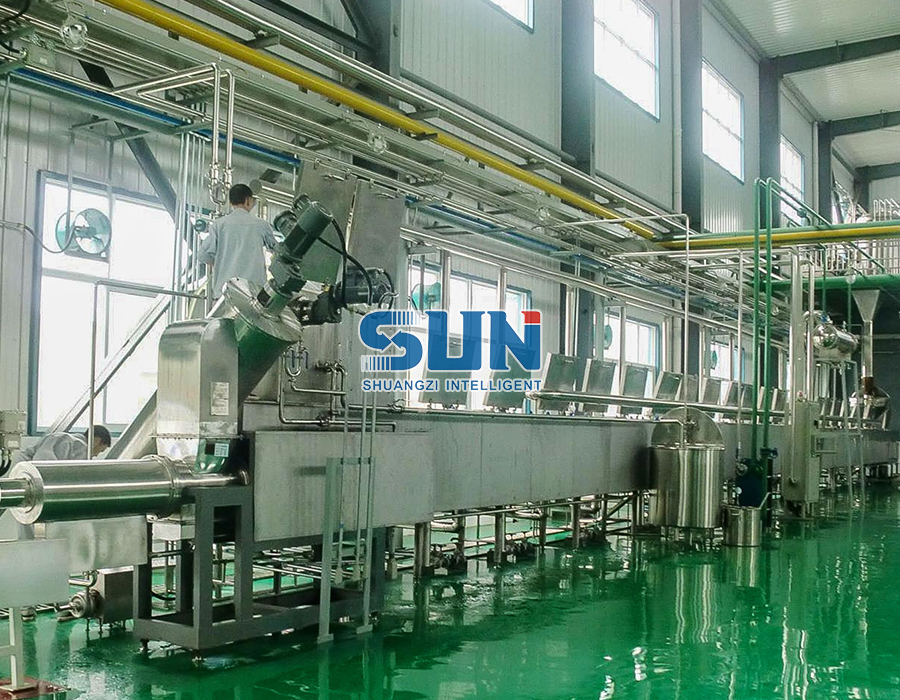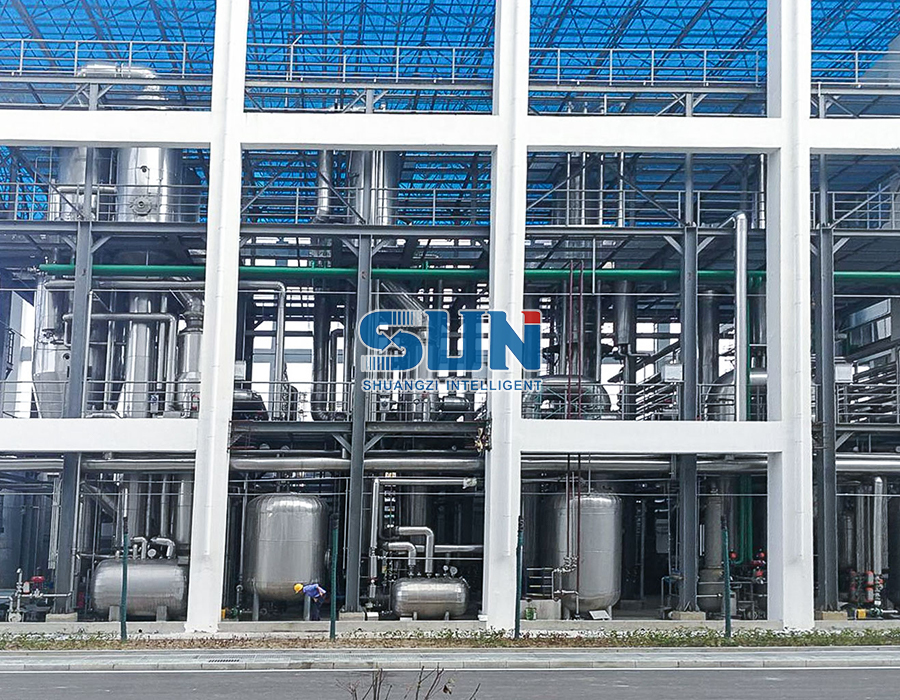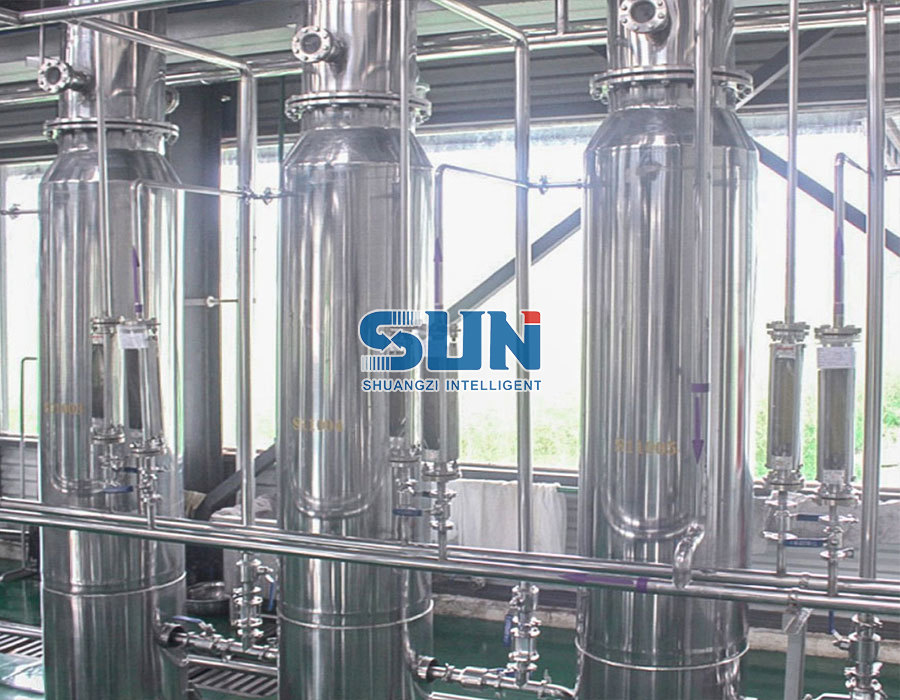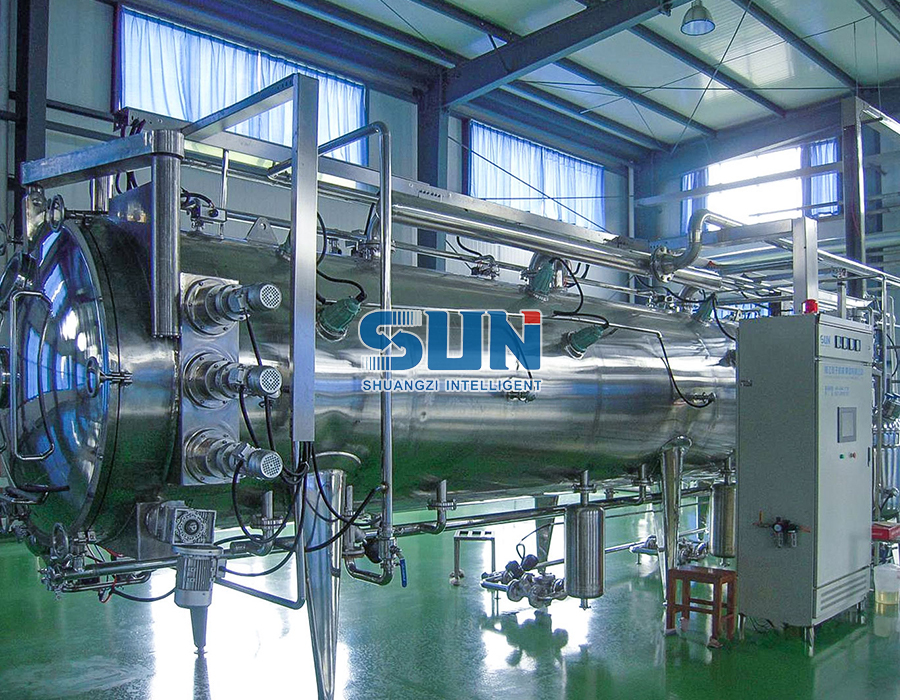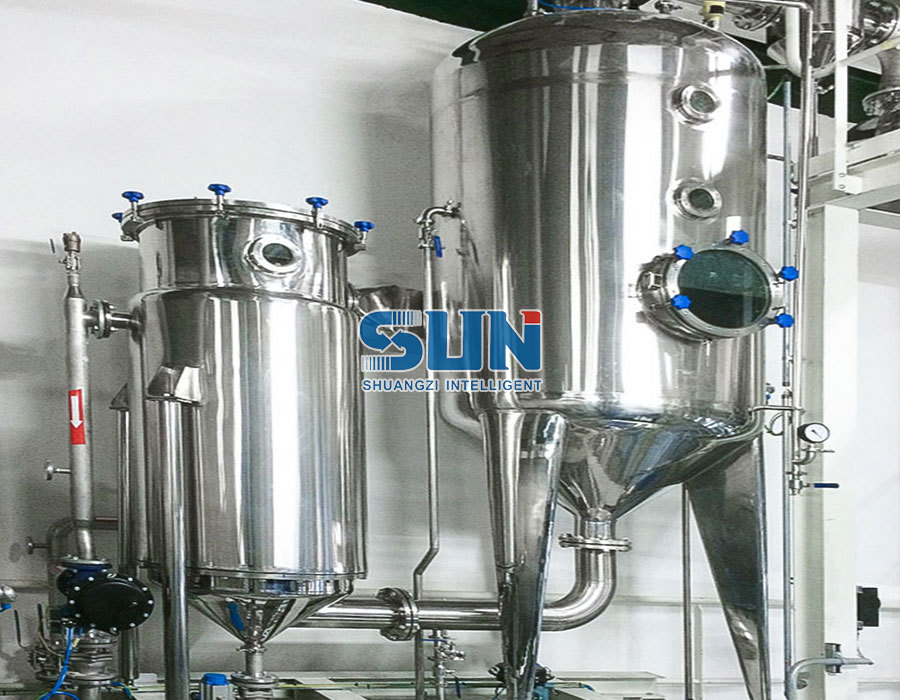CBD oil extraction is a delicate process that requires precision, proper equipment, and careful handling to maintain product quality and safety. Among the advanced extraction methods, the CBD Oil Countercurrent Extraction Machine stands out for its efficiency and ability to maximize cannabinoid recovery. However, like any extraction process, contamination is a significant concern. Contaminated CBD oil can compromise safety, efficacy, and regulatory compliance, making contamination prevention an essential part of any extraction operation.
Understanding the Sources of Contamination
Before implementing preventive measures, it is crucial to understand the potential sources of contamination during CBD extraction. These can include:
- Residual Solvents – Incomplete removal of solvents such as ethanol or CO₂ can leave traces in the final product.
- Plant Material Impurities – Dust, pesticides, or microbial contaminants present in raw hemp can transfer to the extracted oil.
- Equipment Residue – Improperly cleaned machines can harbor residues from previous extraction cycles.
- Environmental Factors – Airborne particles, dust, and microorganisms in the facility can contaminate the extract.
- Human Handling – Operators who do not follow strict hygiene protocols may introduce contaminants.
Understanding these sources is the first step toward creating a contamination-free extraction process.
Proper Equipment Maintenance
The CBD Oil Countercurrent Extraction Machine involves multiple stages where plant material and solvent interact. Maintaining equipment cleanliness is critical:
- Regular Cleaning – After each extraction cycle, all contact surfaces, including tanks, pipes, and valves, should be thoroughly cleaned. Food-grade cleaning agents are recommended to avoid chemical residues.
- Preventing Cross-Contamination – If the machine is used for different strains or products, implement a validated cleaning protocol between batches. This prevents cross-strain contamination.
- Inspection of Components – Regularly inspect seals, gaskets, and filters for wear and tear, as damaged components can harbor bacteria or allow unwanted particles into the oil.
Routine maintenance and inspection reduce the risk of contamination significantly.
Controlling the Raw Material Quality
Contamination prevention starts even before the extraction process. The quality of hemp or cannabis biomass directly affects the purity of the extracted CBD oil:
- Source Verified Hemp – Use certified, pesticide-free hemp from trusted suppliers. This reduces the risk of microbial contamination and heavy metals in the extract.
- Proper Storage – Store raw material in a cool, dry environment to prevent mold growth. Moisture is a common source of microbial contamination.
- Pre-Processing Cleaning – Some operators use sieving or air-blowing methods to remove dust and debris before loading plant material into the extraction machine.
By controlling raw material quality, you reduce one of the primary sources of contamination.
Solvent Handling and Purity
In a countercurrent extraction system, solvents play a crucial role in separating cannabinoids from plant material. However, contaminated or improperly handled solvents can compromise the final product:
- High-Purity Solvents – Always use pharmaceutical-grade or food-grade solvents to avoid introducing impurities.
- Proper Storage – Store solvents in clean, sealed containers, away from heat and sunlight, to prevent degradation or contamination.
- Solvent Filtration – Filtering solvents before they enter the extraction machine can remove particulate contaminants.
Adhering to these practices ensures that the extraction process itself does not introduce new contaminants.
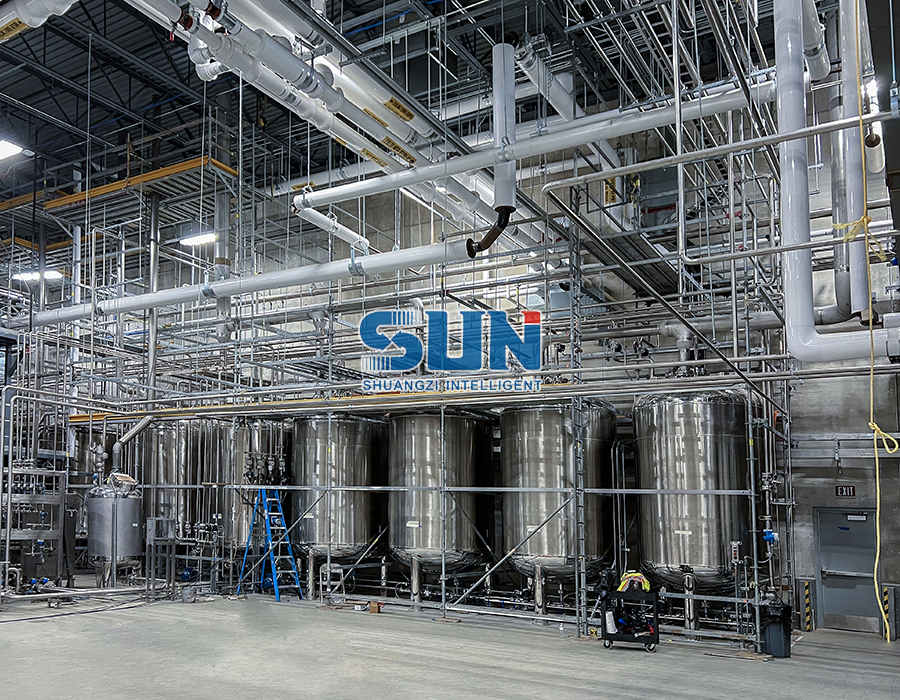
Facility Hygiene and Environmental Controls
The facility environment has a direct impact on product safety. Even a high-quality CBD Oil Countercurrent Extraction Machine cannot prevent contamination from a dirty environment:
- Cleanroom Practices – Establish controlled areas for extraction, with minimal dust and restricted access.
- Air Filtration – Use HEPA filters and maintain positive air pressure to minimize airborne contaminants.
- Regular Cleaning Schedules – Floors, work surfaces, and surrounding areas should be cleaned daily using appropriate cleaning agents.
- Pest Control – Implement measures to prevent insects or rodents from entering the facility, as they can carry pathogens.
A clean and controlled environment reduces the risk of introducing contaminants during extraction.
Operator Hygiene and Training
Human handling is another potential contamination source. Proper training and hygiene protocols are essential:
- Personal Protective Equipment (PPE) – Operators should wear gloves, hairnets, masks, and lab coats to minimize direct contact with materials.
- Hand Hygiene – Frequent hand washing and sanitizer use prevent microbial contamination.
- Training Programs – Staff should be trained on proper machine operation, cleaning protocols, and contamination prevention strategies.
By focusing on human factors, you can significantly reduce contamination risks.
Monitoring and Testing
Even with preventive measures, continuous monitoring is essential to ensure contamination-free CBD oil:
- In-Process Checks – Regularly inspect the extract during the process for signs of contamination, such as unusual color, odor, or cloudiness.
- Microbial Testing – Conduct routine microbial tests to detect bacteria, yeast, or mold.
- Residual Solvent Testing – Verify that solvents are fully removed according to regulatory standards.
- Batch Records – Maintain detailed logs of extraction parameters, cleaning cycles, and raw material sources for traceability.
Monitoring provides an early warning system and ensures compliance with safety standards.
Choosing the Right Extraction Settings
The design of a CBD Oil Countercurrent Extraction Machine allows operators to fine-tune extraction parameters. Using optimal settings can help prevent contamination:
- Temperature Control – Avoid excessively high temperatures that can degrade the oil and create a medium for microbial growth.
- Pressure Management – Ensure that the system is sealed correctly to prevent airborne particles from entering the extraction chamber.
- Flow Rate Optimization – Proper solvent-to-material ratios reduce the chance of incomplete extraction, which can leave impurities behind.
Optimizing these parameters helps maintain a clean and efficient extraction process.
Conclusion
Preventing contamination during CBD oil extraction requires a holistic approach. While a CBD Oil Countercurrent Extraction Machine provides advanced capabilities for efficient extraction, maintaining product purity depends on a combination of equipment maintenance, high-quality raw materials, clean solvents, controlled environments, operator hygiene, and careful monitoring. By implementing these measures, producers can minimize contamination risks, ensure regulatory compliance, and deliver safe, high-quality CBD oil to the market.
Contamination prevention is not a one-time effort; it is an ongoing process that integrates careful planning, proper training, and stringent quality control at every stage of extraction. For any operation using a CBD Oil Countercurrent Extraction Machine, a culture of cleanliness and precision is the most reliable path to safe and effective CBD oil production.


 英语
英语 俄语
俄语